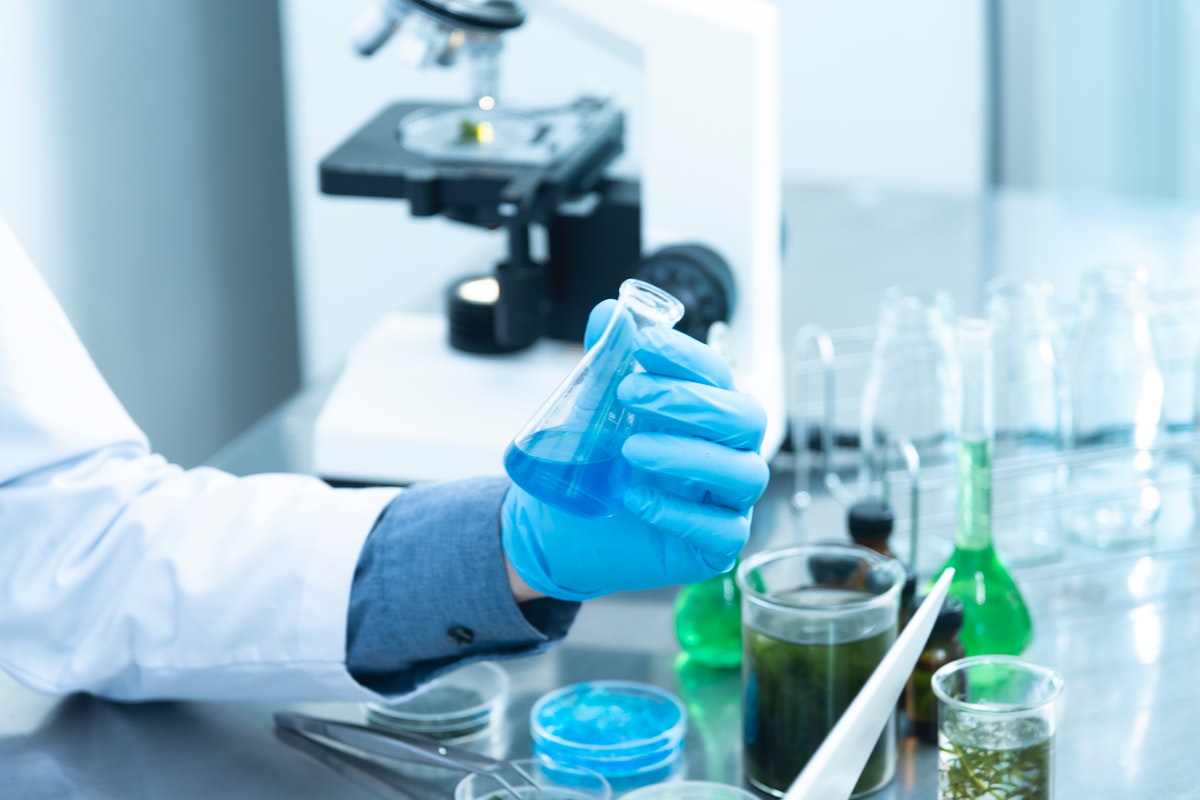Calibrating your automatic sample dilution system is essential for maintaining accuracy and consistency in your laboratory or industrial processes. Continue reading →
Calibrating your automatic sample dilution system is a crucial step in ensuring accurate and reliable results in your laboratory or industrial processes. A well-calibrated system guarantees that sample concentrations are consistent and precise, which is essential for quality control, research, and production.


This guide will walk you through the process of calibrating your automatic sample dilution system effectively.
Before diving into the calibration process, it’s important to understand why calibration is necessary. Calibration ensures that the dilution system is dispensing the correct volumes of sample and diluent, which directly affects the concentration of the final solution.
Without regular calibration, you risk inaccuracies that could compromise the integrity of your results, leading to errors in analysis, research, or production outcomes.
To calibrate your automatic sample dilution system, you’ll need the following tools and materials:
Calibration standards are the benchmark for ensuring your system’s accuracy. To prepare these standards:
Before you start the calibration process, ensure your automatic sample dilution system is set up correctly:
With everything prepared, you can now begin the calibration process:
If the results from the calibration process do not match the expected values, adjustments are necessary:
Documentation is a vital part of calibration. Record all relevant data, including:
Calibration is not a one-time process. Regular calibration is necessary to maintain the accuracy of your automatic sample dilution system. Depending on your usage, schedule calibration sessions weekly, monthly, or quarterly. Keeping a consistent calibration schedule ensures ongoing accuracy and reliability.
Calibrating your automatic sample dilution system is essential for maintaining accuracy and consistency in your laboratory or industrial processes.
By following the steps outlined in this guide—understanding the importance of calibration, preparing standards, setting up the system, performing the calibration, making adjustments, documenting the process, and scheduling regular calibrations—you can ensure that your system continues to deliver precise and reliable results.
Proper calibration not only enhances the quality of your work but also contributes to overall operational efficiency and success.
Kansas City entrepreneurs partnering with ThrottleNet gain more than just technical support—they receive a strategic…
California is making strides in solar panel recycling, a vital part of its wider environmental…
Content owners may more successfully negotiate this complicated situation by following these crucial rules, putting…
Moving to direct bookings isn't just about cutting out the middleman—it's about taking control of…
Archiving is not just a checkbox—it’s an operational habit. By combining standard file formats with…
Investing in robust remote support solutions becomes essential for enduring success. Businesses that prioritize these…